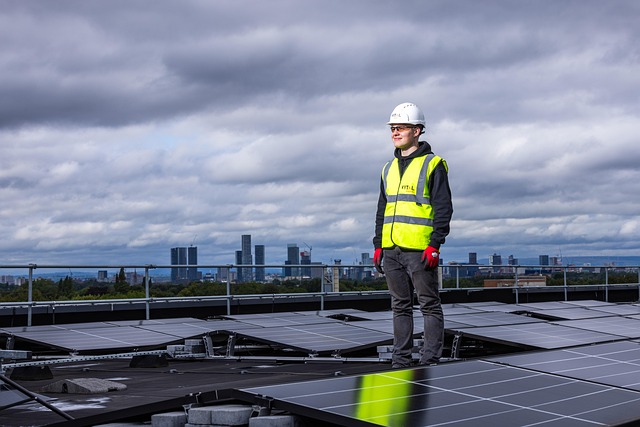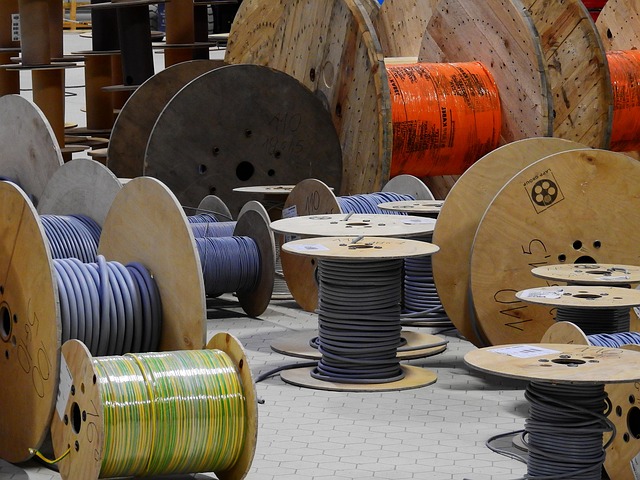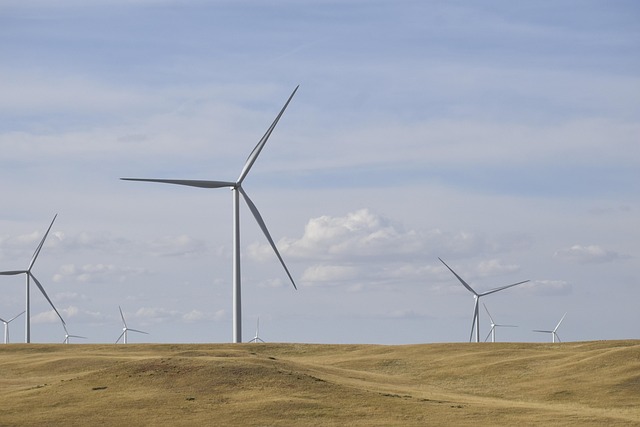As we stand at the crossroads of environmental responsibility and architectural innovation, the concept of energy-producing buildings has emerged as a beacon of sustainable development. Imagine structures that not only serve as shelters but also actively contribute to the generation of energy, thus redefining our ecological footprint. These buildings harness green technologies to create environments that enhance the quality of life while safeguarding our planet for future generations.
In the realm of sustainable development, the need for energy-producing structures has never been more pronounced. Traditional buildings, often reliant on fossil fuels, contribute significantly to greenhouse gas emissions, exacerbating climate change. However, the advent of energy-producing buildings marks a transformative shift. These are not mere concepts; they are a reality, designed with features such as solar panels, wind turbines, and energy-efficient systems that work harmoniously to produce energy, significantly reducing reliance on external power sources.
By integrating renewable energy sources, energy-producing buildings can drastically lower their ecological footprint. They embody the principles of carbon neutrality by managing their energy consumption and production efficiently. For instance, a building equipped with solar panels can generate excess power during peak sunlight hours, which can then be stored or fed back into the grid, providing a sustainable energy solution. This cyclic use of resources helps to mitigate the need for fossil fuels and fosters a culture of sustainability that resonates throughout the community.
Moreover, these structures often incorporate smart technology that monitors and optimizes energy use, further emphasizing the importance of green technologies. Smart meters and automated systems can adjust energy consumption based on real-time data, ensuring that every watt is utilized wisely. This intelligent approach not only benefits the building’s occupants by lowering energy costs but also supports wider community efforts towards sustainability.
Energy-producing buildings play a crucial role in advancing urban resilience in the face of climate challenges. As cities expand and populations grow, the demand for energy will undoubtedly rise, making it imperative to adopt solutions that minimize our impact on the environment. By embracing these innovative structures, we are taking a definitive step towards fostering an ecosystem that harmonizes human habitation with nature.
Ultimately, the journey towards a sustainable future is paved with energy-producing buildings that reflect our commitment to ecological stewardship. By shaping the built environment in ways that respect and enhance the natural world, we can work towards achieving a carbon-neutral future. Embracing these advancements is not just about constructing buildings; it’s about building a legacy of sustainability that generations to come can cherish and protect. As we move forward, let us be inspired by the potential of energy-producing buildings to transform our landscapes and lives.




